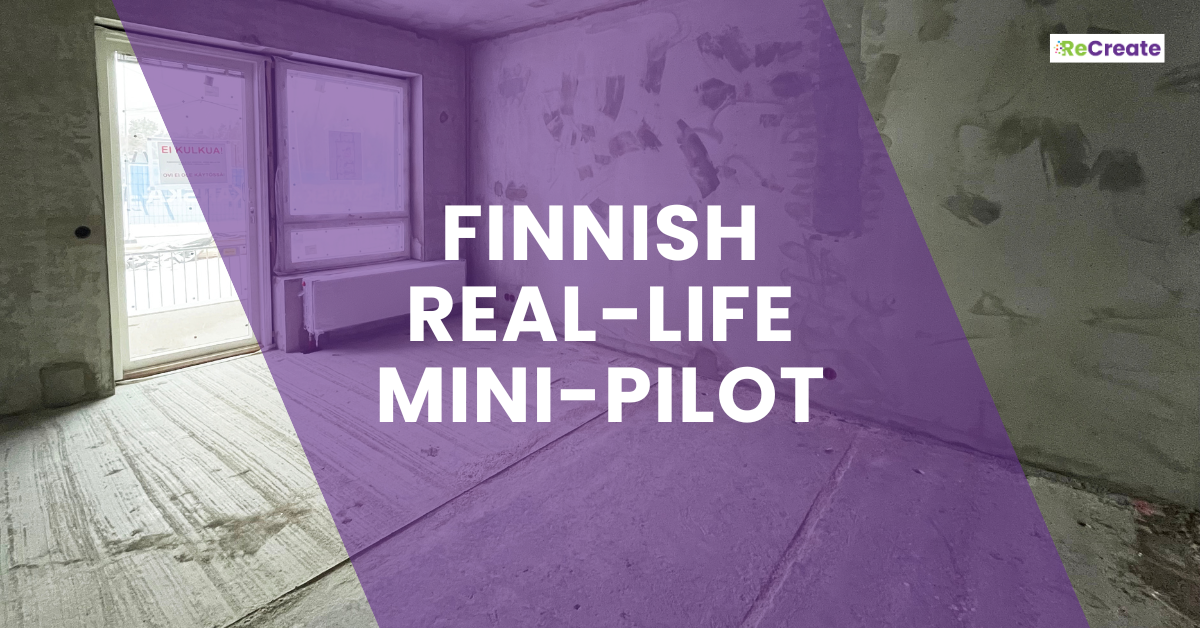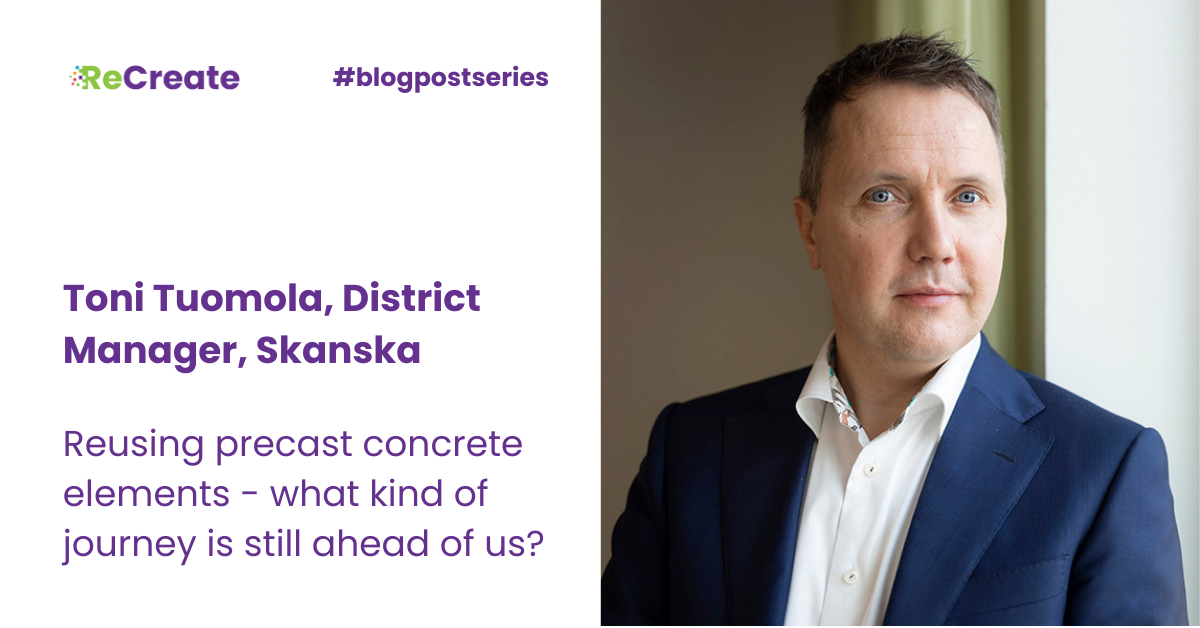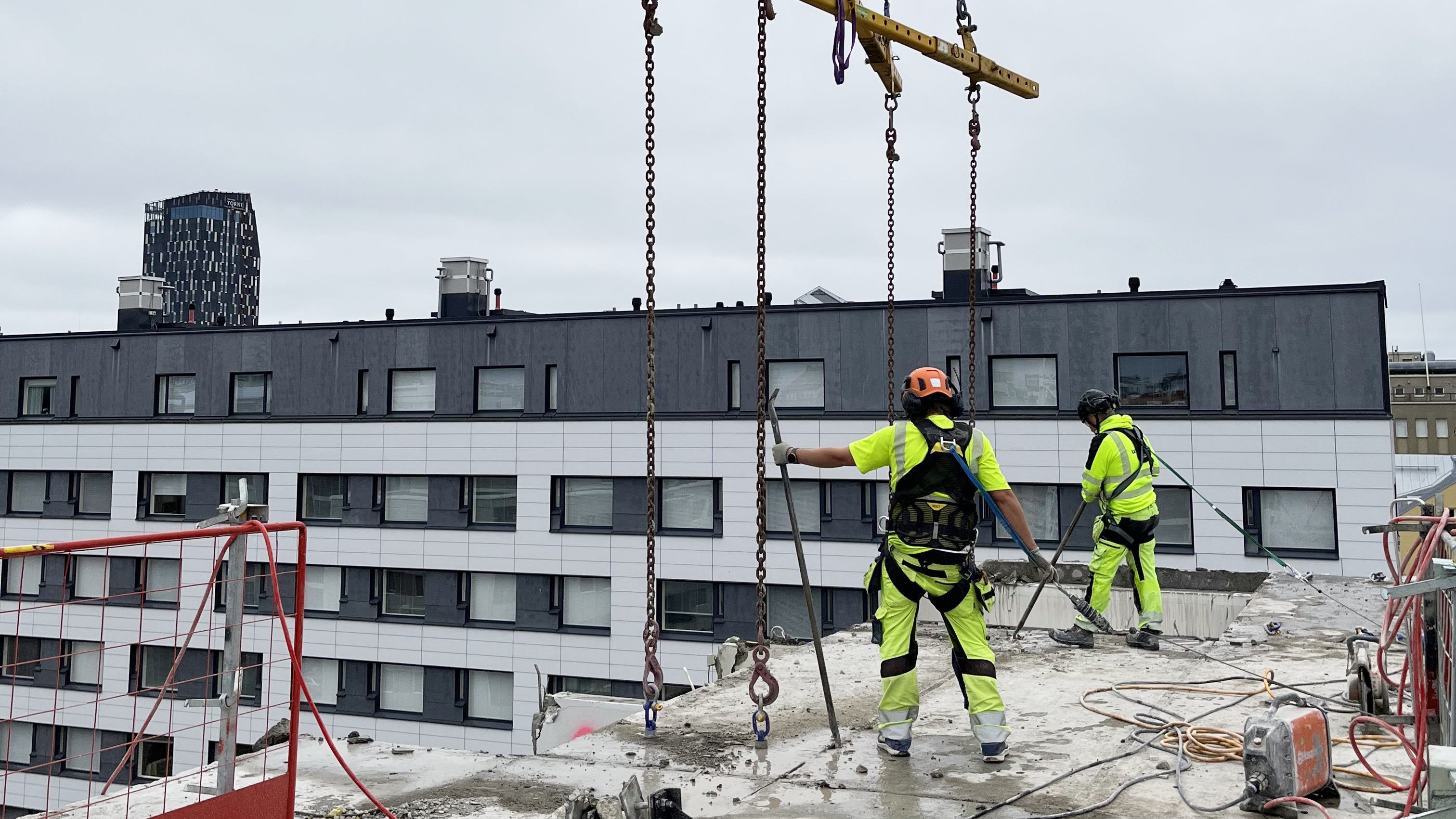The Finnish cluster has completed its first mini pilot in the autumn of 2024. The first batch of reclaimed elements – 25 hollow-core slabs – were reused in a block of flats in Tampere.
The building was built by Skanska for the client, affordable rental housing company A-Kruunu. The elements originate from the Finnish cluster’s deconstruction pilot, in which an office building from the 1980s was deconstructed in Tampere city center during the autumn of 2023. The new building with the reused elements stands in Härmälänranta district, Potkurinkatu street, about 6 km to the South-West from the donor building’s location.
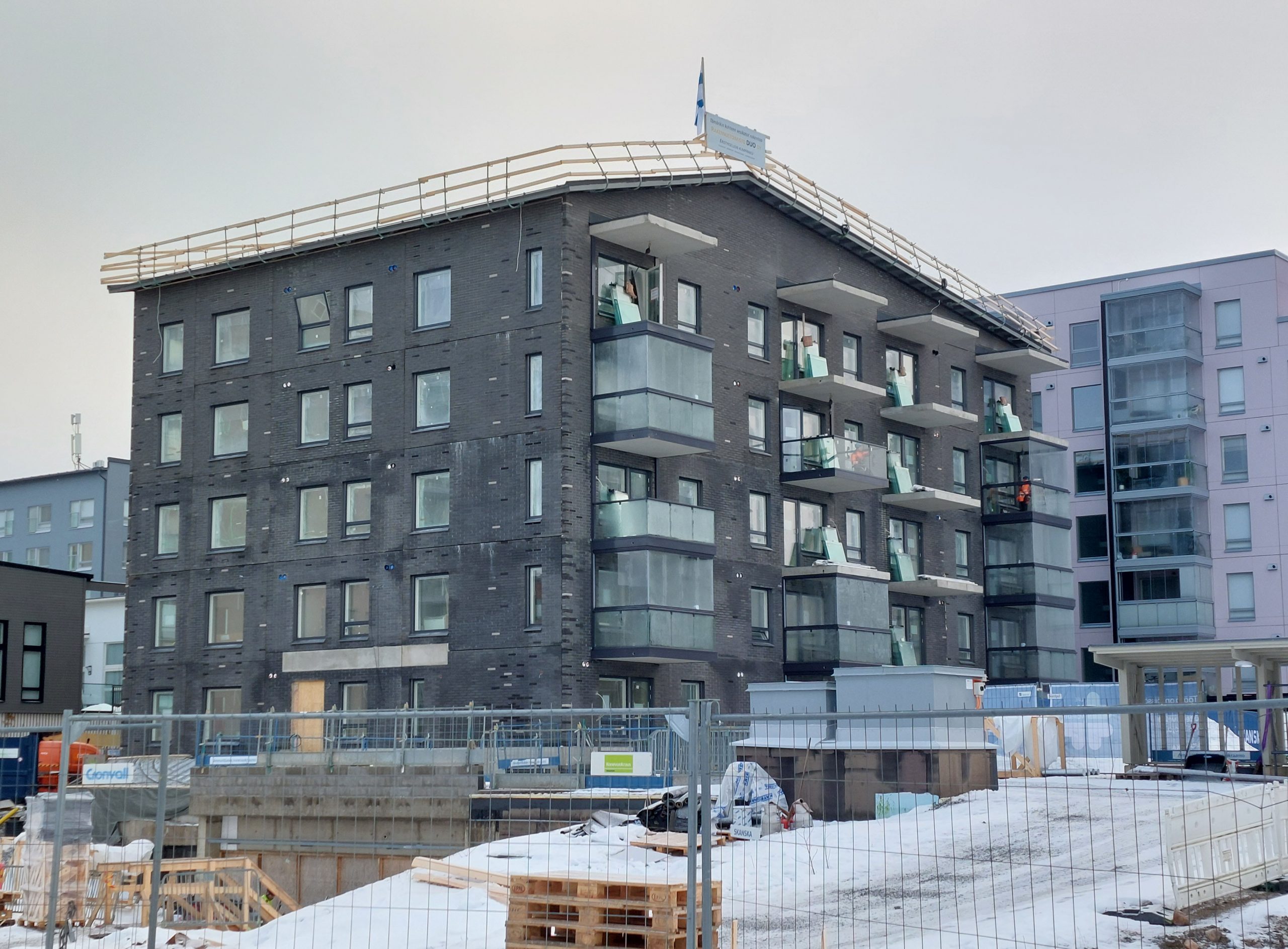
Finnish mini pilot building
’It’s great to take part in a pilot that develops circular construction. The project corresponds to our aim to develop housing construction in Finland. The location in Härmälänranta is also attractive’, explains A-Kruunu’s development manager, Ms. Leena Oiva.
The reclaimed hollow-core slabs were reused as floors above an air-raid shelter, which was most suitable for the elements in this building considering the dimensions of the elements.
’Assembly of the reused elements was easy. It did not differ from using virgin elements. The frame of the building is fully precast, so there is further potential for reuse at the end of life.’ says Mr. Toni Tuomola, regional manager for Skanska, and continues:
’Skanska is committed to a green deal for circular economy. We will focus on reusing construction products by exploiting the learnings from ReCreate. The practical experience acquired from the pilot is therefore highly valuable.’
Reused elements were meticulously quality controlled and factory refurbished
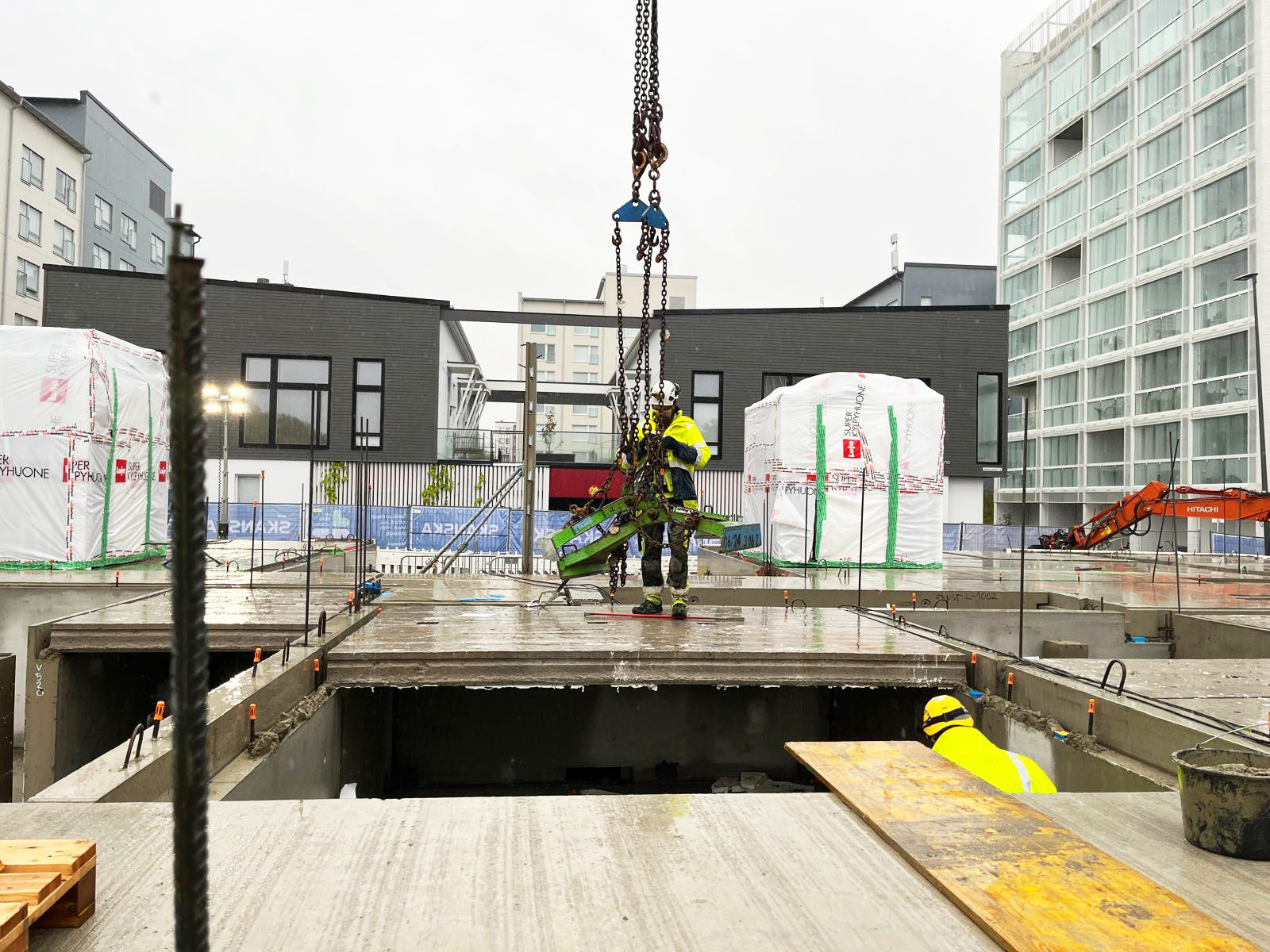
Mini pilot installation
The elements reused in the pilot were quality controlled and factory refurbished in Consolis Parma’s factory in Kangasala, a municipality neighbouring Tampere. The first pilot produced invaluable learnings about the need for environmental permits when refurbishing and reusing elements, as well as quality control and product approval of reclaimed elements.
‘Climate change mitigation is at the heart of our strategy. Our aim is to halve our emissions by 2035. In ReCreate, we are looking into the business possibilities of reused elements and how it could contribute to our portfolio of low-carbon products’, shares Mr. Juha Rämö, technology director for Consolis Parma.
‘In addition to the factory refurbishment, we can contribute such core competencies to reuse projects as product design, storage, inspection, testing, and traceability’, Rämö continues.
Business development manager (refurbishment), Ms. Inari Weijo explains the role of Ramboll Finland:
‘In this mini pilot, we at Ramboll developed designing the refurbishment of the reclaimed elements in collaboration with the factory. We also took care of the site-specific product approval of reused elements towards the authorities.’
She elaborates:
‘We acquired useful learnings how to manage the process. This will come in handy in the next pilots and in expanding Ramboll’s service offerings in the field of reuse.’
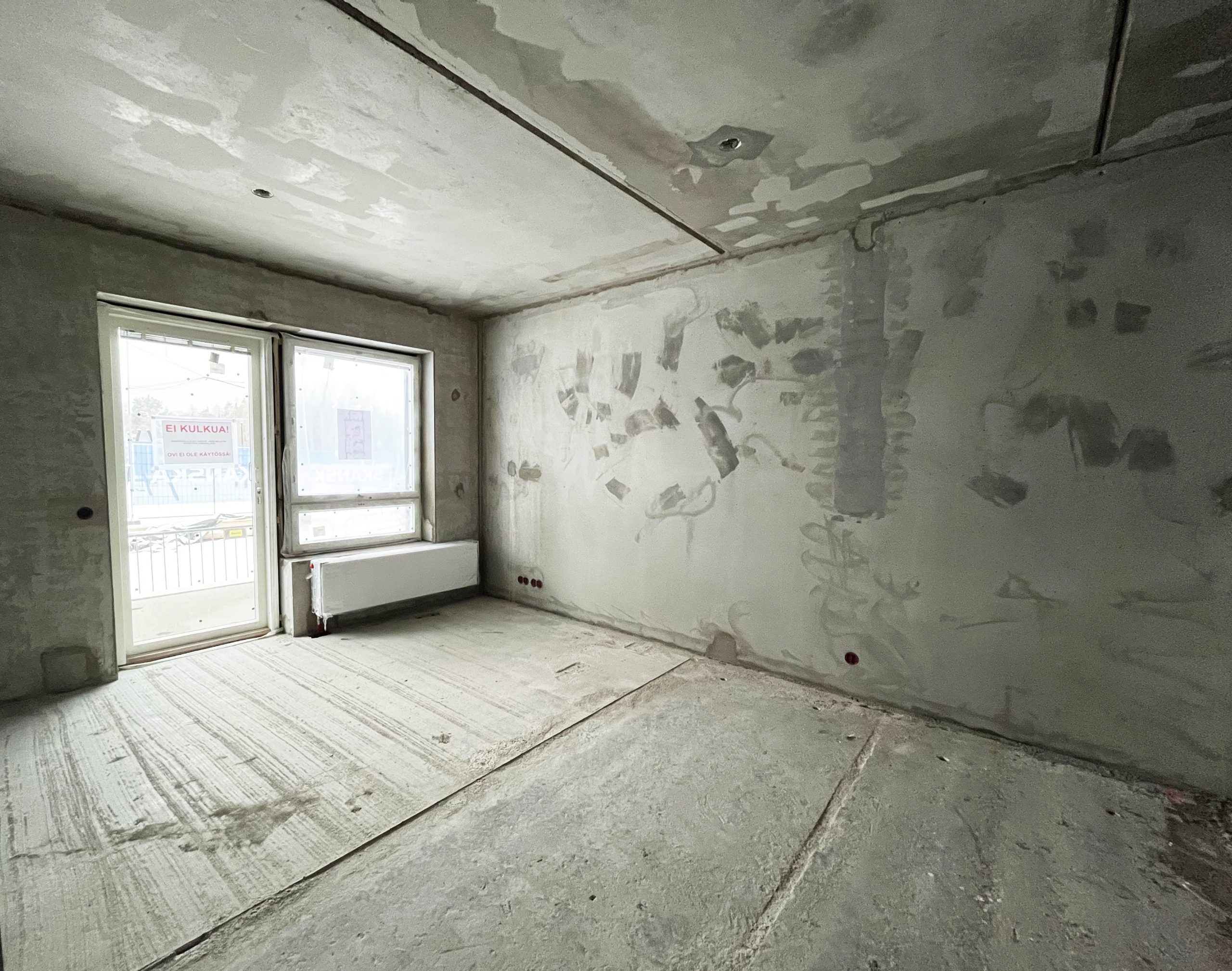
Mini pilot floor
New pilots are being negotiated
The Finnish cluster aims to pilot reuse of reclaimed precast concrete in more than one building project. Different kinds of buildings and projects will contribute versatile understanding about the requirements for reuse in different contexts. Real-life pilots help to identify barriers to reuse that must be removed in order for reuse to become mainstream.
‘This mini pilot was a valuable first step towards more widespread reuse’, says ReCreate’s coordinator and the Finnish cluster’s leader, Prof. Satu Huuhka from Tampere University.
ReCreate’s Finnish cluster is formed by Tampere University, Skanska, Consolis Parma, Ramboll Finland, Umacon, LIIKE architects, and the City of Tampere.

